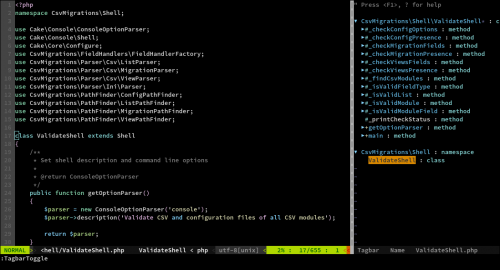We use Redmine for our project management needs in the office. It works pretty well, but there are, as with anything, a few rough corners. One thing in particular that I was trying to figure out is how to use tables in Wiki pages, issues, etc.
The official documentation says that tables are not supported and you need to use HTML. Yuck. I do, of course, know how to mark up tables in HTML, but that’s definitely not the most pleasant of experiences. Especially if you need to modify them later. So I dug deeper.
It turns out that the documentation is outdated. Modern Redmine versions (we are on 3.3.0) use the redcarpet library for parsing Markdown, which supports tables just fine. Here is an example of the Markdown that you can use in pretty much any textarea field:
| Header 1 | Header 2 | | --- | --- | | Row 1 Cell 1 | Row 1 Cell 2 | | Row 2 Cell 1 | Row 2 Cell 2 |
And it’ll render as a table just fine. The dashed line separating headers should have at least 3 dashes for the parser to understand it correctly. But you can extend the dashes for the whole width of the column.

